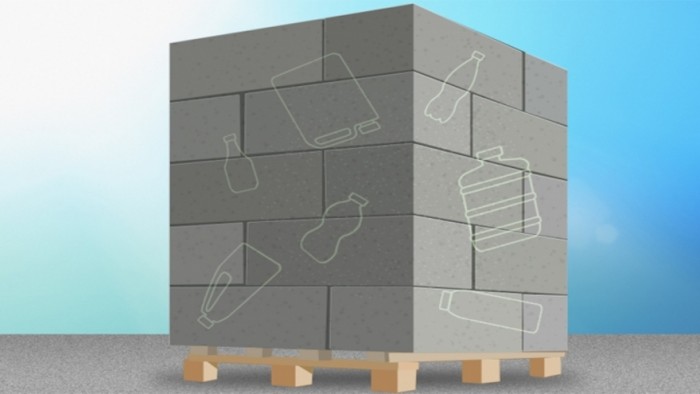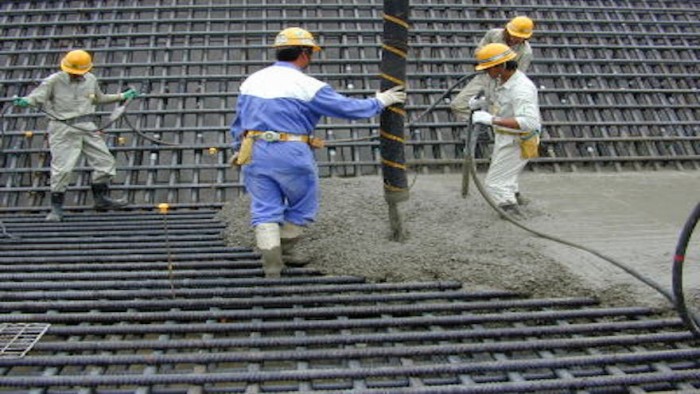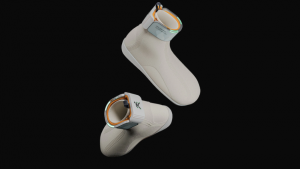There’s 4.9 billion tonnes of global plastic waste on the planet in 2017, according to the latest statistics. An undergrad project at the MIT, is looking to use plastic waste to cut down on another global pollutant: concrete.
The second most widely used material on the planet after water, manufacturing concrete generates 4.5 per cent of the world’s human-induced carbon dioxide emissions.
While other researchers have tried and failed, the team at MIT have devised a way to infuse plastic and concrete. The process decreases the amount of concrete produced, lowering carbon emissions, and acts as an alternative use for plastic waste that would otherwise occupy a landfill.
The plastic bounty, which they collected from neighbouring recycling centres, was manually sorted through to remove unwanted metals and debris.
They exposed the plastic waste to non-harmful levels of radiation or gamma rays. They found that it changed the structure of the plastic, making it stronger. They then disintegrated the plastic into a powdered form before mixing it with a regular cement mixture, pouring the mixture into molds.
It was discovered that cement mixtures created using a high dose of irradiated plastic increased the strength of concrete strength by up to 15 per cent. In previous studies, plastic infusion would have the opposite effect, leaving the product weaker.
“Our technology takes plastic out of the landfill, locks it up in concrete, and also uses less cement to make the concrete, which makes fewer carbon dioxide emissions,” explained Michael Short, an assistant professor in MIT’s Department of Nuclear Science and Engineering. “This has the potential to pull plastic landfill waste out of the landfill and into buildings, where it could actually help to make them stronger.”
According to MIT News, the team plans to keep experimenting. So far, the process replaces 1.5 per cent of concrete with irradiated plastic. Implemented on a global scale, the results could have a significant impact.
The hope is that soon plastic bottles could be used to build stronger, flexible structures, from buildings to sidewalks to bridges.
The study was published in the journal Waste Management.
Read more on industrial design:
George Gibbens is using design to tackle South Africa's social problems | Design Indaba
One of the factors that makes it difficult to put out shack fires in informal settlements is that often, the homes are built so close to each other that it is difficult for emergency services to make their way through.








